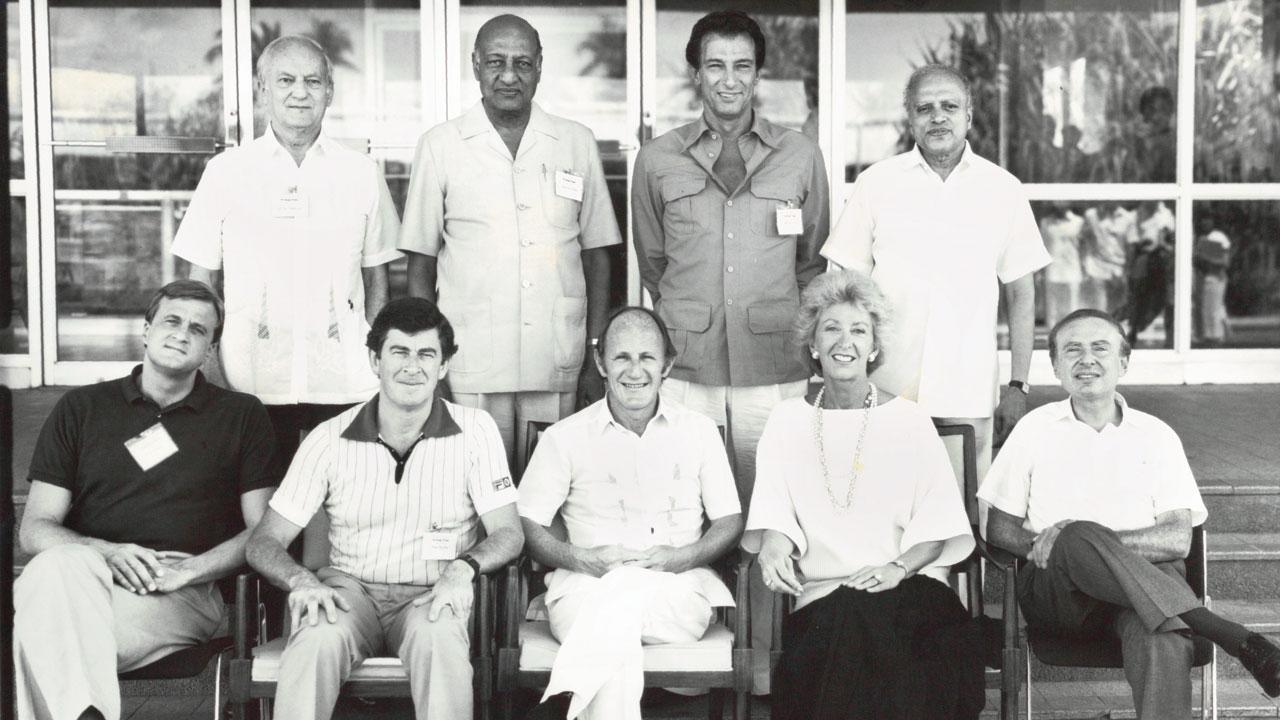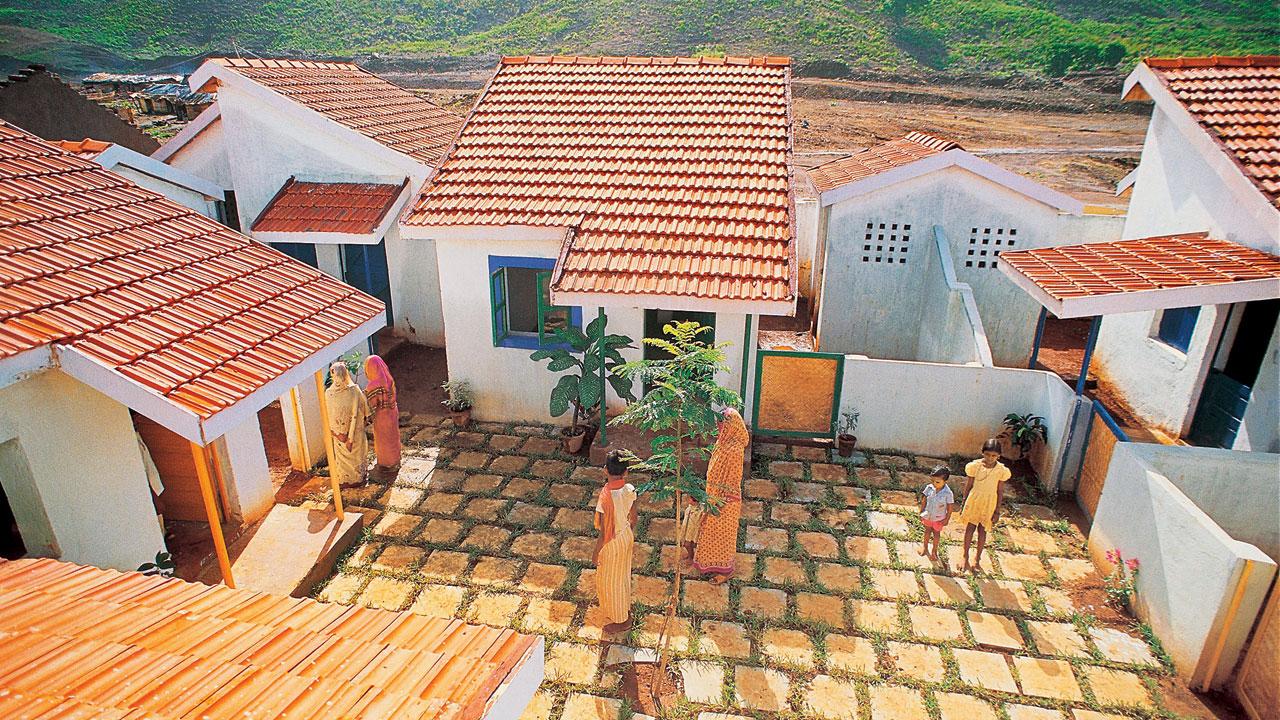This includes rare photographs of the scientist on field visits, as well as handwritten notes and botanical drawings.

M S Swaminathan (back row, extreme right) at a Hunger Project meeting
The archives at the National Centre for Biological Sciences offer a unique window into the work of Professor M S Swaminathan, the father of India’s Green Revolution, who is credited with taking the country from hunger to self-sufficiency in foodgrain production. Around 48,000 archival papers from his prolific career are now accessible to the public. This includes rare photographs of the scientist on field visits, as well as handwritten notes and botanical drawings.
>>>
WHERE: Bengaluru
ADVERTISEMENT
Association of Parents of Disappeared Persons
This archive is a heartbreaking record of alleged enforced disappearances at the height of unrest and subsequent militarisation in the Kashmir Valley. According to the Association of Parents of Disappeared Persons, the number of disappeared persons from 1989 to 2006 is estimated to be between 8,000 and 10,000. For many of the affected families, all they have left of their loved ones are old pictures.
>>>
WHERE: Digital only, on apdpkashmir.com
Godrej archives and museum

One of Professor Tumbe’s favourite hidden gems in Mumbai is a piece of Indian electoral history being showcased at the Godrej archives and museum—a ballot box from the country’s first ever general elections in 1952. The steel box on display at the exhibition gallery is among nearly 13 lakh ballot boxes that were supplied by Godrej & Boyce for the historic debut of Indian elections. The box has a unique locking system that could only be opened by breaking a pre-impressed insignia, eliminating the need for an external lock. The boxes were tamper-proof, rat-proof and provided at the grand sum of R5 each.
>>>
WHERE: Vikhroli West
IIM-A archive

"Our archive is a rich resource for research on the economic and business history of India,” says Tumbe. On display right now, are archival records and photographs of ports in erstwhile Nawanagar (now Jamnagar) and Porbandar in an exhibition titled Maritime Trade of Gujarat’s Princely States. Put up in collaboration with the Gujarat State Archives, the collection provides glimpses of the sea trade in the princely states in the five decades preceding Independence.
>>>
WHERE: Ahmedabad
Charles Correa archive

An archival picture of the Belapur Housing project by Charles Correa in Navi Mumbai. Pic/Joseph St. Anne, courtesy Charles Correa Foundation
If you want to understand Mumbai as a city, it’s best to visit the Charles Correa archive,” says Professor Tumbe. Prolific architect and urban planner, Correa’s love for his home shines through in the rich collection on Mumbai architecture housed at the archive founded by and named after him. Its entirely digitised catalogue can be viewed on a projector.
>>>
WHERE: Goa
 Subscribe today by clicking the link and stay updated with the latest news!" Click here!
Subscribe today by clicking the link and stay updated with the latest news!" Click here!







